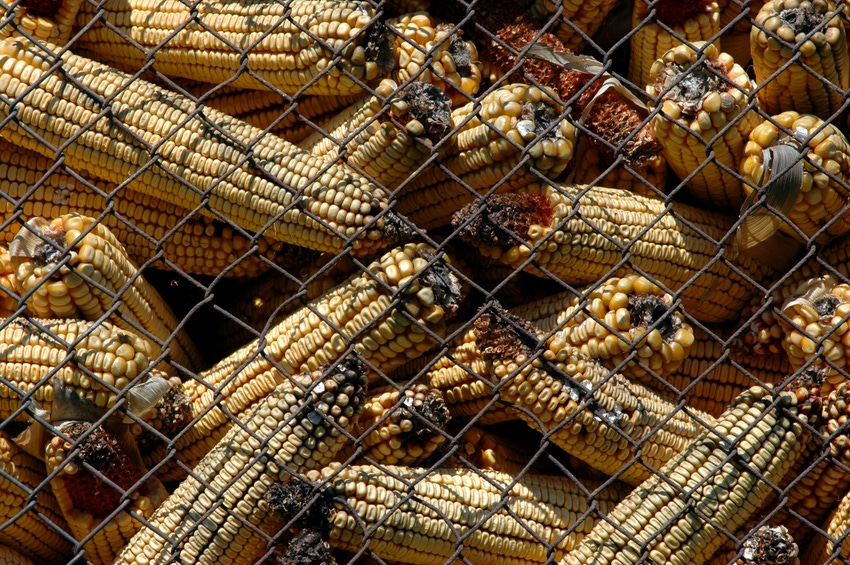High-quality options exist to support clean feed before consumption by animal.
January 14, 2020

New solutions to help global agriculture tackle the rising threat of mycotoxins were unveiled Jan. 13-15 at the World Mycotoxin Forum in Bangkok, Thailand.
Among the solutions featured at the forum was new research into the opportunity represented by yeast cell wall feed technology, according to an announcement from Canadian Bio-Systems (CBS) Inc. Study results indicated strong advantages with advanced formulations of this technology, including under both conventional and antibiotic-free livestock production, the announcement said.
“Mycotoxins represent an often hidden yet very important issue for agriculture globally, including particularly in Asia, where there have been reports of widespread mycotoxin contamination in Asian animal feed,” CBS Inc. mycotoxins expert Dr. Anhao "Tony" Wang said.
“The good news is that we have made strong advances in feed technology to help combat this problem. The latest-generation yeast cell wall technology is leading the way, offering a novel and very effective pathway to prevent and/or dramatically reduce the mycotoxins challenge,” Wang said.
The special “World Mycotoxin Forum Meets Asia” edition of this annual scientific forum included participants and invited speakers from around the world, with a special focus on sharing knowledge and experience important to the evolving mycotoxin situation in Asia, which is equally relevant globally.
Featured discussions in the session on mycotoxin detoxification strategies included a presentation Wang delivered on mitigating mycotoxin contamination with yeast cell wall technology in an antibiotic growth promoter (AGP)-free production system.
Wang's presentation touched on the overall promise of yeast cell wall technology for mycotoxin mitigation and unveiled the latest study results, from research led by Wang with colleagues Rob Patterson of CBS Inc., Natacha Hogan of the University of Saskatchewan, Lee-Anne Huber of the University of Guelph and Sabrina Zettell of CBS Inc.
This research has focused on understanding the factors underlying the toxic effects of naturally occurring fusarium mycotoxins (primarily deoxynivalenol) on poultry and swine raised without AGPs. It has also evaluated the efficacy of a commercially available yeast cell wall-based feed additive (NutraMix) to mitigate the fusarium mycotoxins in AGP-free systems.
“The results have provided us with more in-depth knowledge of the threat represented by naturally occurring mycotoxins — showing they typically have a substantial effect on animal performance under various levels and durations of exposure common under real-world conditions,” Wang said.
“However, the results shown with the yeast cell wall treatment are very encouraging. They indicate that use of this technology as part of an integrated mycotoxin management approach can provide an effective, reliable and practical solution,” Wang added.
He noted that interventions using feed technology should be applied strategically based on proper sample collection and analysis. A number of high-quality options exist to support clean feed before consumption by the animal. The yeast cell wall technology tested has been shown to be effective as a grain management technology to support clean feed.
"When looking at the possible options for animal protection, a key focus is activity in the gastrointestinal tract (GIT), which is both the site of nutrient absorption and a major immune organ with a crucial role in maximizing performance," Wang said. "The GIT represents the first site of exposure to mycotoxins or feed-borne pathogens."
The aim of the World Mycotoxin Forum — the world’s largest mycotoxin event — is to increase the awareness of human and animal health risks due to mycotoxin contamination. It offers a platform for the food and feed industries, science and regulatory authorities to exchange current knowledge, to promote harmonization of food and feed safety regulations and control procedures and to make recommendations for integrated strategies to ensure the safety and security of food and feed supply chains.
You May Also Like

.png?width=300&auto=webp&quality=80&disable=upscale)

